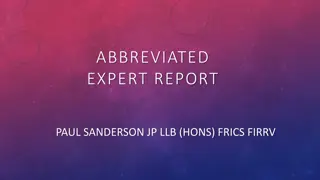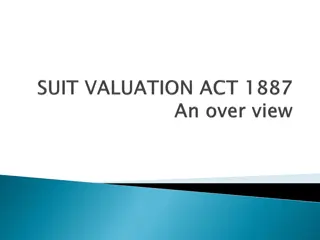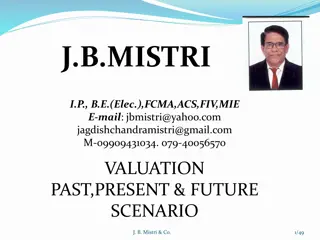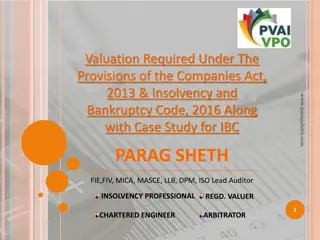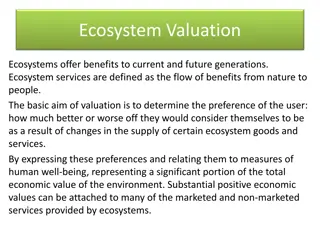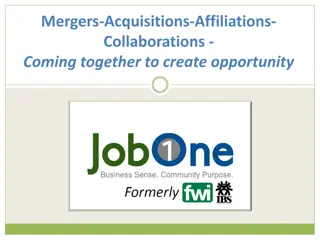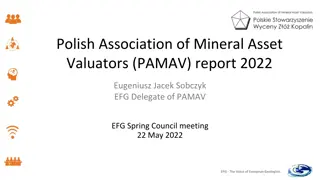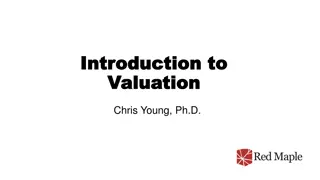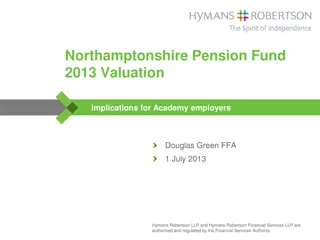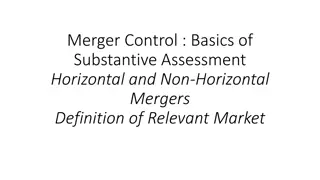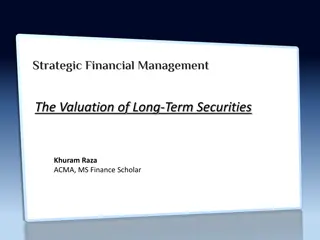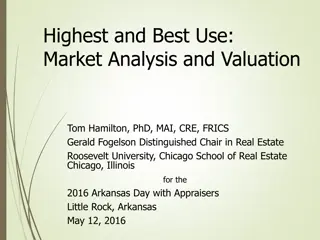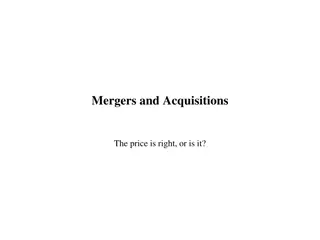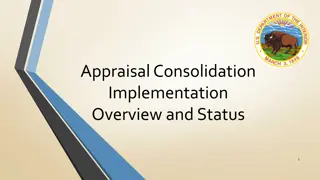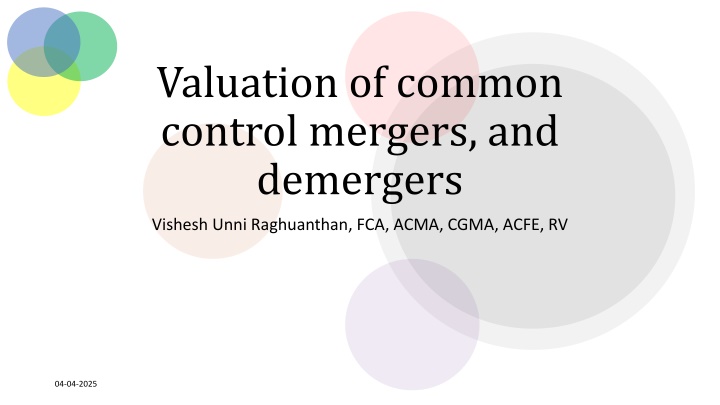
Valuation and Legal Aspects of Mergers and Demergers in Corporate Environment
Explore the valuation process and legal aspects involved in common control mergers and demergers as outlined by CA Vishesh Unni Raghunathan. Key topics include important considerations in mergers, Sec. 230 on compromising with creditors and members, and Sec. 232 on merger and amalgamation of companies. Learn about the implications for companies under such schemes and the regulatory framework surrounding these corporate activities.
Download Presentation

Please find below an Image/Link to download the presentation.
The content on the website is provided AS IS for your information and personal use only. It may not be sold, licensed, or shared on other websites without obtaining consent from the author. If you encounter any issues during the download, it is possible that the publisher has removed the file from their server.
You are allowed to download the files provided on this website for personal or commercial use, subject to the condition that they are used lawfully. All files are the property of their respective owners.
The content on the website is provided AS IS for your information and personal use only. It may not be sold, licensed, or shared on other websites without obtaining consent from the author.
E N D

